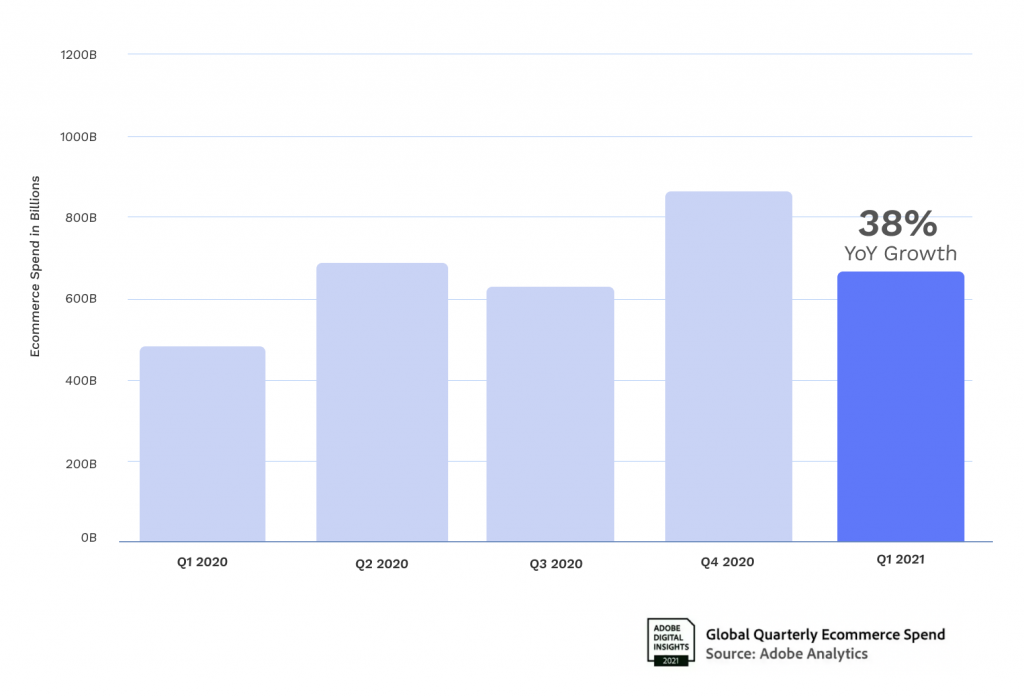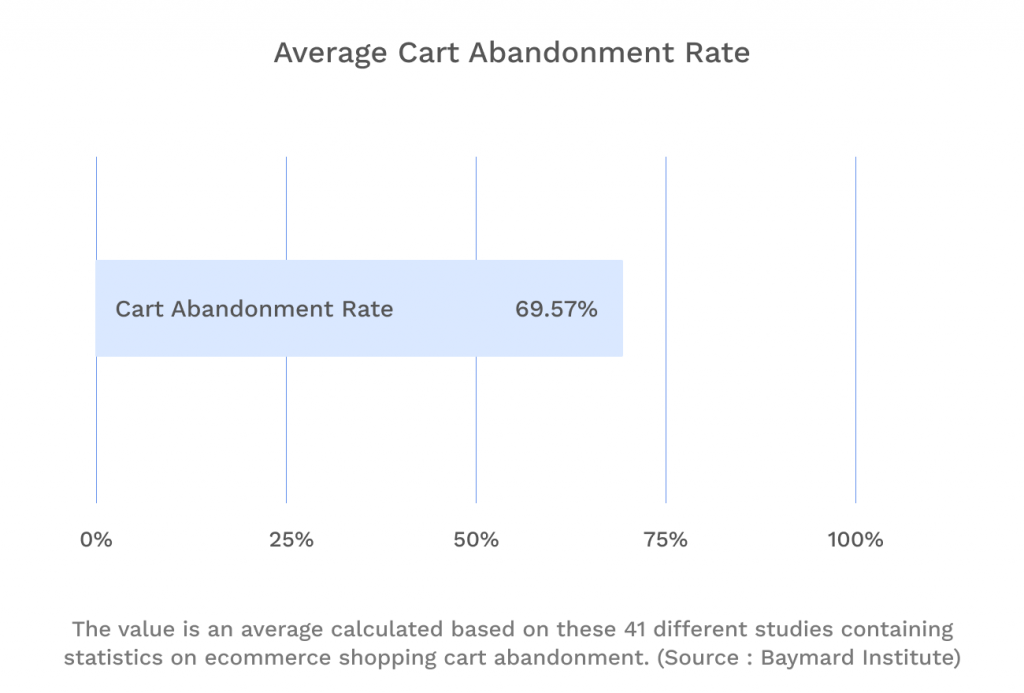9 Ways to Get a Revenue Uplift in eCommerce
9 Ways to Get a Revenue Uplift in eCommerce
In the dynamic world of eCommerce, understanding the nuances of revenue uplift is more than just a metric. It’s the compass guiding businesses towards sustainable growth. As online marketplaces burgeon with opportunities, it’s essential to not only capture increased sales, but to do so profitably.
Explore this comprehensive guide to unravel the significance of revenue uplift, its symbiotic relationship with profit, and the top strategies to harness its full potential in the eCommerce landscape.
Quick Takeaways
- Revenue uplift, indicating growth and competitive edge, measures the percentage sales increase from specific actions compared to a baseline.
- Balancing both revenue and profit uplift is vital, as significant sales growth doesn’t always equate to increased profitability.
- eCommerce businesses can boost sales through strategies like optimizing product listings, personalizing marketing, and enhancing user experience.
- Dynamic pricing, powered by AI and real-time data, is pivotal for adjusting prices based on demand and maximizing revenue.
Understanding Revenue Uplift
Revenue uplift can make or break your business. But what exactly does it mean?
At its core, revenue uplift refers to the percentage increase in sales or revenue generated from a specific action or set of actions, compared to a baseline or control group.
For example, if an online store introduces a new marketing campaign and sees a 10% increase in sales compared to the previous month without the campaign, that’s a 10% revenue uplift.
According to a 2021 report by Adobe, online spending reached $876 billion in the first three months of the year, marking a 38% increase year-over-year.

With such staggering figures, even a small percentage of revenue uplift can translate to significant monetary gains.
But why is this metric so crucial for ecommerce businesses? Here are a few reasons:
- Competitive Edge. Businesses are in a constant race to outperform their competitors. A consistent revenue uplift indicates that a company is moving in the right direction, capturing more market share.
- ROI Measurement. Revenue uplift helps businesses measure the ROI for their marketing campaigns, new product launches, or any other strategic initiatives. It provides a clear picture of what’s working and what’s not.
- Growth Indicator. For startups and businesses looking for external funding or planning to scale, showcasing a consistent revenue uplift can be a strong indicator of the business’s growth potential and health.
It’s essential to note that while revenue uplift is a vital metric, it doesn’t always equate to profitability. A significant revenue uplift can be accompanied by increased costs, which is why it’s crucial to balance it with profit uplift.
The Interplay Between Revenue and Profit Uplift
Revenue uplift focuses on the top line, measuring the increase in sales. Profit uplift, however, zeroes in on the bottom line, emphasizing the actual earnings after deducting all expenses.
For example, an eCommerce store might launch an aggressive marketing campaign that boosts sales by 20%, indicating a significant revenue uplift. But if the costs associated with that campaign (ad spend, discounts, increased operational costs) exceed the additional revenue generated, the company might not see any profit uplift, or worse, might even experience a decline.
Achieving both revenue and profit uplift requires a strategic approach. It’s not just about increasing sales, but rather doing so in a cost-effective manner.
This involves optimizing marketing spends, ensuring pricing strategies reflect market demand and value, and continuously monitoring and adjusting operational costs.
9 Ways to Achieve Revenue Uplift in eCommerce
1. Optimize Product Listings
High-quality images and detailed descriptions are the backbone of effective product listings. A staggering 90% of online buyers emphasize that photo quality is pivotal in their purchase decisions. By refining product listings, businesses can enhance visibility and drive conversions.
2. Personalized Marketing Campaigns
In today’s eCommerce landscape, one-size-fits-all marketing no longer cuts it. Leveraging AI and data analytics, businesses can craft tailored campaigns that resonate with individual customers.
Segmenting customers based on their buying behavior and preferences can lead to significantly more effective marketing campaigns, driving both engagement and sales.
3. Streamlined Checkout Process
A smooth checkout process is crucial in retaining potential customers. With the average cart abandonment rate hovering around 70%, there’s a clear need to simplify and enhance the checkout experience.

Offering multiple payment options also caters to a broader audience, ensuring that customers can transact with their preferred method.
4. Enhance the User Experience (UX)
A seamless user experience is paramount in retaining and attracting customers. With an increasing number of online sales made via mobile devices, mobile optimization is essential. Moreover, fast loading times and intuitive site navigation enhance the overall shopping experience, leading to higher customer satisfaction and repeat purchases.
5. Loyalty Programs and Incentives
Loyalty programs are a tried-and-true method to retain customers and boost sales. By offering rewards for repeat purchases, businesses can foster customer loyalty and encourage more frequent shopping. Referral programs, on the other hand, tap into the power of word-of-mouth marketing, bringing in new customers through trusted recommendations.
6. Dynamic Pricing Strategies
According to a recent survey of 1,700 business leaders, 85% of companies’ management teams believe their pricing decisions need improvement, yet only 15% have effective tools to set and monitor prices.

Dynamic pricing, driven by AI and real-time market data, allows businesses to adjust prices based on various factors. This strategy not only maximizes revenue during peak demand, but also ensures competitive pricing during slower periods. Seasonal and event-based pricing adjustments can also capture a larger share of the market, especially during major sales events.
7. Expand Product Assortment
Diversifying the product range can cater to a broader audience and drive sales. By analyzing market trends and demands, businesses can strategically expand their offerings, meeting the evolving needs of their customer base and tapping into new market segments.
8. Effective Inventory Management
Efficient inventory management ensures that products are available when customers want them, reducing the chances of lost sales due to stockouts. Predictive analytics can help forecast demand, ensuring optimal stock levels and reducing overstock, which can tie up capital and lead to unnecessary storage costs.
9. Implement Cross-selling and Upselling Techniques
Cross-selling and upselling are potent tools in the eCommerce arsenal. By recommending complementary products or higher-value alternatives, businesses can increase the average order value. Bundling products for promotions can further enhance this effect, providing customers with perceived value deals.
Navigate the Path to Sustainable Growth with Hypersonix.ai
Understanding and leveraging revenue uplift is more than just a strategic advantage—it’s a necessity. From optimizing product listings to implementing dynamic pricing strategies, there are many ways to boost both top-line revenue and bottom-line profit. However, the key lies in striking the right balance.
As businesses navigate the challenges and opportunities of the digital marketplace, focusing on both revenue and profit uplift, while continuously adapting and innovating, will pave the way for sustainable growth and success.
Hypersonix is a profit optimization platform that uses AI-powered tools to help DTC and eCommerce companies excel. Hypersonix’s ProfitGPT inventory management tools can help businesses leverage generative AI and inventory intelligence to provide actionable insights about inventory levels and pricing strategies.
To see how Hypersonix’s AI tools can help automate your pricing strategy, request a demo today!





